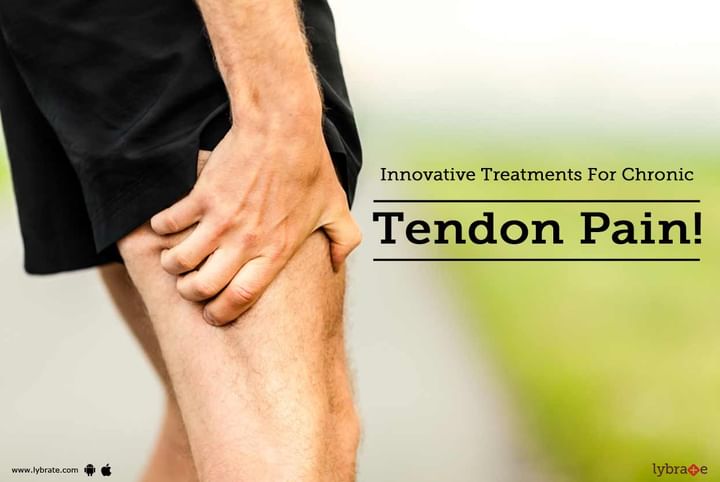Innovative Treatments For Chronic Tendon Pain!
Human body moves in an agile manner because of the wonderful coordination between the muscles and bones. The bones are connected to the muscles by what are known as tendons. These are fibrous, thinner than bones, but thicker than muscles and enable movement.
However, due to overuse, trauma, or inflammation, these tendons can be affected. Symptoms include constant dull ache, weakness, stiffness, and limited movement of the affected area. With exercise or sudden movement, the pain can be more sharp and severe. This condition is known as chronic tendinopathy. Depending on the actual clinical presentation, rest, ice therapy, heat therapy, exercise and pain medications are usually used in combination to relieve the tendon pain.
However, if there is no relief of symptoms, surgery may be indicated to remove the injured tissue. This will allow for healing of the affected tendon, thereby reducing pain and inflammation and improving range of motion of the affected joint. Many questions have been raised about the traditional methods of therapy and treatment for tendon pain. More and more innovative, but conservative measures are being used to treat chronic tendon pain, as they produce better results and have gained more popularity. Three of the most common ones are listed below:
- Platelet rich plasma therapy: Traditionally, corticosteroids were used for treating chronic tendinopathy. This was believed to reduce inflammation and therefore relieve the pain. Instead, injecting the affected joint with platelet-rich plasma provides the body with rich supply of oxygen, nutrients, and growth factors. This triggers natural healing. It is done as an outpatient, nonsurgical procedure, where the patient’s blood is drawn and centrifuged to remove the platelets. This plasma is then injected back into the tendon area to promote healing.
- Mechanical therapy: Conventionally, static stretching of the injured tendons was believed to repair the injury. However, this belief is slowly replaced with doing the exercise with resistance in place. This helps collagen synthesis and therefore helps in promoting the tendon injury. After the initial healing phase, slowly introducing heavy, slow resistance therapy helps build back muscle and improve strength.
- Tenex procedure: Traditionally, if all other measures for tendon repair failed, surgery would be the last resort. A large incision was made, through which the injured tendon would be accessed and repaired. Recovery would sometimes take months. With advancements, however, currently, a 3-mm incision is made, through which ultrasound image is used via probe. This probe removes the damaged tissue and the surrounding tissue is also debrided. This minimally invasive procedure takes about 20 minutes and recovery takes about 2 to 6 weeks.
The next time there is someone suffering from chronic tendon injury, try these innovative and less invasive ways. Treatment and recovery would be more effective. If you wish to discuss about any specific problem, you can consult an Orthopedist.



+1.svg)
